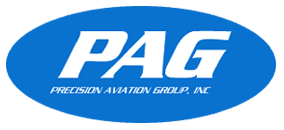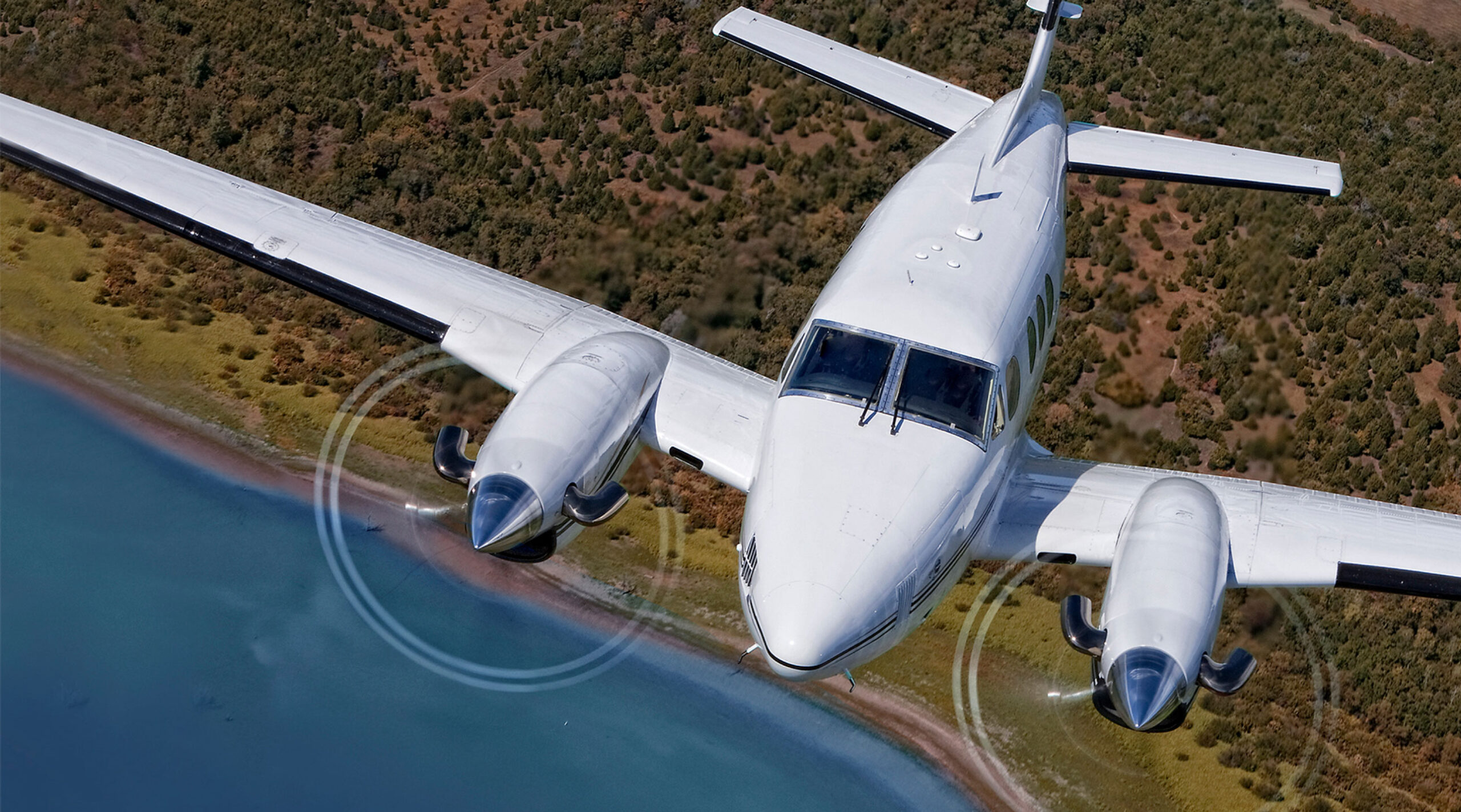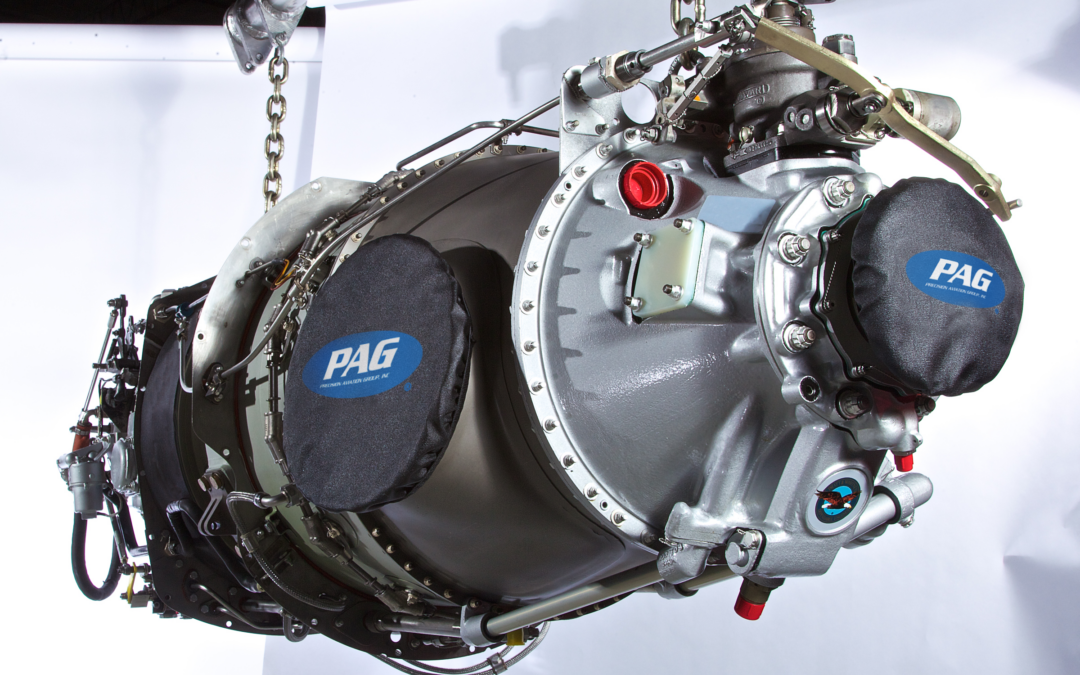In aviation, Starter Generators provide engine starting capabilities and aircraft electrical power. Starter Generators are comprised of electro-mechanical components designed to work together in high performance synchronization under demanding conditions.

Proper maintenance and overhaul of all essential parts is crucial for flight safety.
DC Stator (above left):
- The stator is a stationary component consisting of Windings around a laminated iron core.
- An electromagnetic field is created when electrical current flows from a battery through the coils. The field interacts with the rotating Armature to induce electrical voltage in the coils of the Stator. This voltage is crucial for supplying electrical power to the aircraft’s systems once the engine is running and the Starter Generator transitions to generator mode.
- The Stator is designed with three sets of Windings. (Interpol, Series & Compensation Coils).
- Over time, Stator Windings can degrade due to thermal cycling, electrical and mechanical stress, and environmental factors.
DC Armature (above right):
- The DC Armature or Stator consist of a core made of laminated steel and coils of insulated copper wire. These Windings generate a magnetic field when current flows through them, interacting with the magnetic field of the Stator. This interaction creates torque which is transferred to the engine’s crankshaft initiating engine rotation, or it induces an electrical current in generators. The efficiency of this process depends heavily on the condition of the Windings.
- Once the engine starts and achieves self-sustained operation, the Starter Generator transitions from its initial starting mode to generator mode, regulating and distributing power to the aircraft’s electrical systems.
Part 1: The Windings of AC Generators
AC Rotor:
- In systems where the Rotor is magnetized (as in permanent magnet generators), the Rotor generates a magnetic field. This magnetic field interacts with the Stator’s Windings to induce electrical voltage in the Rotor during rotation.
- The Rotor’s position and speed are crucial for maintaining proper synchronization with the Stator’s magnetic field. This synchronization ensures efficient generation of electrical power and stable operation during the generating mode.
- By controlling the strength and configuration of the magnetic field, the Rotor influences the efficiency and power output of the AC Generator. Permanent magnet Rotors, for example, offer advantages in terms of efficiency and reliability compared to electromagnet rotors in certain applications.
- The seamless integration of all components ensures reliable engine starting and efficient electrical power generation, essential for fixed and rotor-wing aircraft.
AC Stator:
- The stator is a stationary component consisting of Windings around a laminated iron core.
- An electromagnetic field is created when electrical current flows from a battery through the coils. The field interacts with the rotating Rotor to induce electrical voltage in the coils of the Stator. This voltage is crucial for supplying electrical power to the aircraft’s systems.
- The Stator is designed with multiple sets of Windings, often arranged in phases (e.g., three-phase system). This configuration allows controlled and efficient generation of alternating current (AC) voltage, which can then be converted to direct current (DC) as needed for onboard electronics.
- Over time, Stator Windings can degrade due to thermal cycling, electrical and mechanical stress, and environmental factors.


